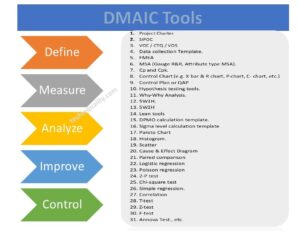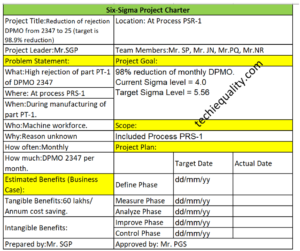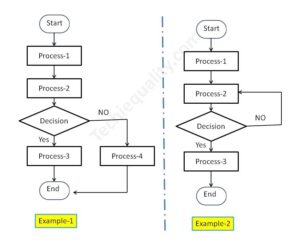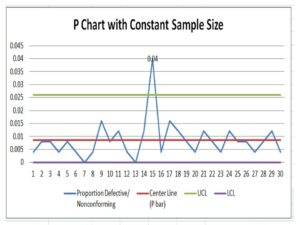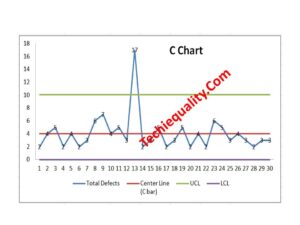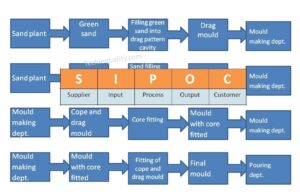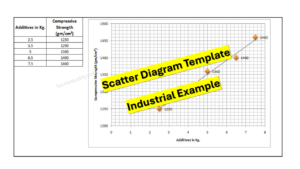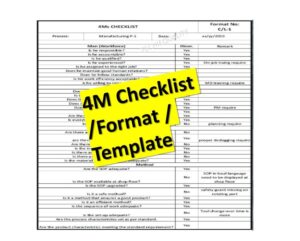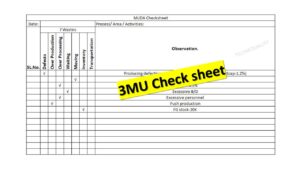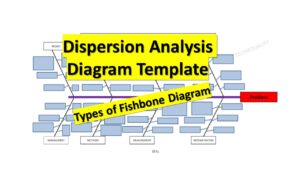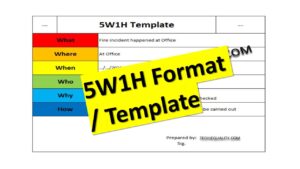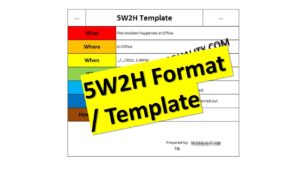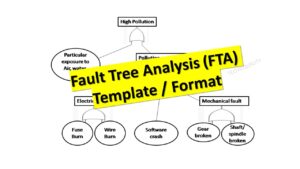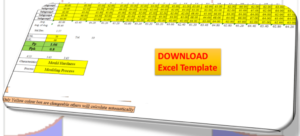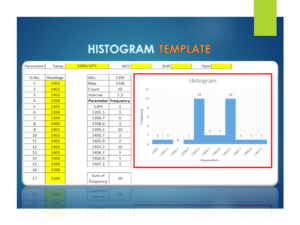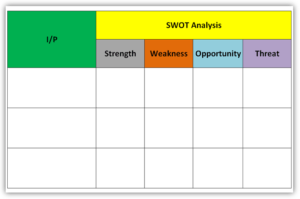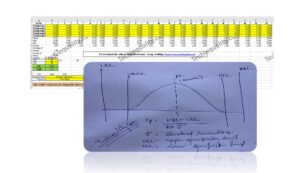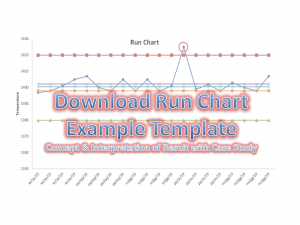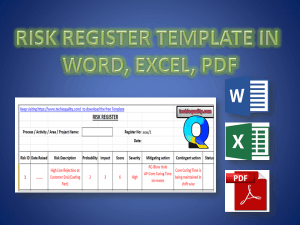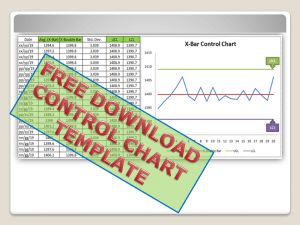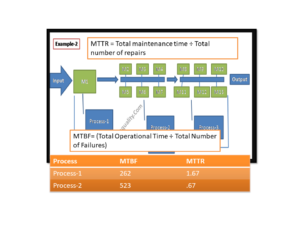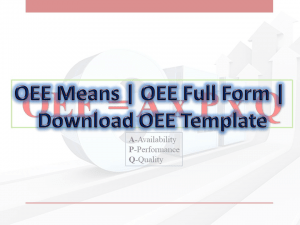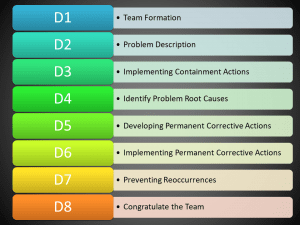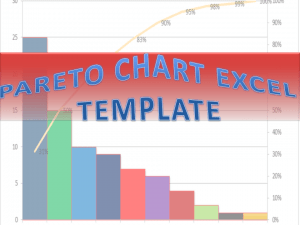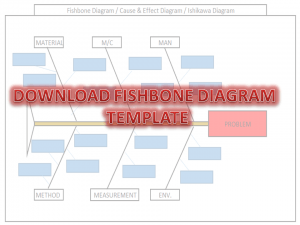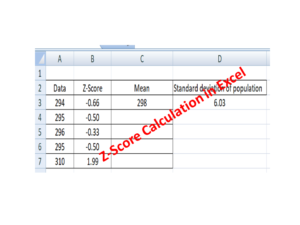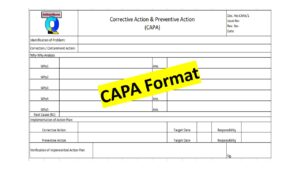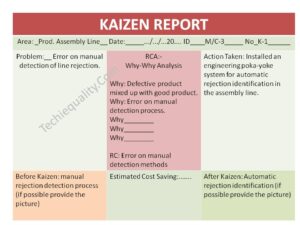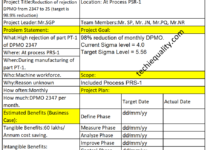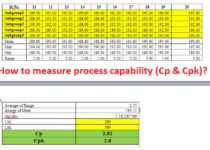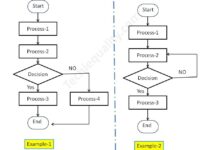QC Template, Advanced Tools and Techniques
QC Template, Advanced Tools and Techniques
Hi Readers, today we will be discussing on different types of QC Template, advanced tools, and common techniques of quality control. Download the Quality Control Excel template from the given below links

QC Template
Quality control is one of the aspects of quality management and it is mainly product-oriented and focuses on identifying defects in the actual products produced. The key area is to confirm that the product meets the required quality standards by inspecting, testing, and verifying the final output. The main focus is to detect the defects in the product produced.
The common activities that we can use the inspection of product in different stages like incoming, in-process, and final, etc., testing of products (performance, durability, functionality), and review of production outputs to ensure they meet requirements/ specifications. The common tools are 7qc tools, testing, and audit methods to identify the issues. The main focus is to identify & correct the defects before reaching the customer.
Similarly, here we will just learn the basics of quality assurance as well. It is a process-oriented approach that focuses on ensuring the processes involved in production to produce quality products (defect-free products). The main focus is to prevent defects by improving and stabilizing the processes.
In the QA approach, you can ensure the right processes are in place to produce high-quality products or services.
QC (Quality Control Main Concept):
- Its focus on the product (detect defects in the product)
- The main goal is to identify and correct the defects
- The activities mainly or commonly used in the manufacturing process are inspection, testing, product checking, etc.
- It is a reactive approach
- QC is about the product and ensuring it meets the required quality.
QC Templates:
Quality Control templates are the predefined format that guides the collection, tracking, and reporting of quality data. It helps in documenting and standardizing quality-related activities, making tracking and reporting efficient. Below are some popular templates;
- Inspection check sheet/ checklist.
- Defects Report/NCR (non-conformance report)
- Audit Report Template
- Customized/required product testing template.
- Control Chart.
QC Tools:
- Check Sheets:
A simple document used to collect data in real time.
A bar chart that identifies the most significant factors in a dataset, is often used in defect analysis. It follows the 80/20 rule, showing that 80% of defects are caused by 20% of problems.
It’s a frequency distribution chart. It shows how often values occur and helps identify variations or trends in the product’s quality.
A tool used to plot data points on a graph, which helps visualize the relationship between two variables.
- Flowchart:
A visual tool used to map out processes step-by-step.
These charts track process variation over time. Control charts are essential in identifying whether a process is stable or needs corrective action. Control charts are classified into two types [1] attribute type, [2] Variable type.
- Fishbone Diagram, C&E (Ishikawa):
A cause-and-effect diagram is used to identify the potential cause of the problem. It breaks down potential factors contributing to defects in categories like Man, Methods Materials, Machines, etc.
Advanced QC Tools:
- Failure Mode and Effects Analysis (FMEA):
- Statistical Process Control (SPC):
- Design of Experiments (DOE):
- Six Sigma Tools:
- PPAP
- APQP
- MSA
QC Techniques:
QC techniques are the methodologies for applying tools and conducting systematic inspections, tests, and analyses to maintain product quality. Below are given some examples but these are not limited to.
- Inspection: The process of manually or mechanically checking products for defects or compliance with specifications.
- Sampling: Instead of inspecting 100%, QC may involve sampling a subset of products for testing.
- Statistical Quality Control (SQC): Using statistical methods to monitor and control production processes.
- Root Cause Analysis.
- Corrective and Preventive Action (CAPA).
Thanks for Reading… Keep visiting TECHIEQUALITY.
